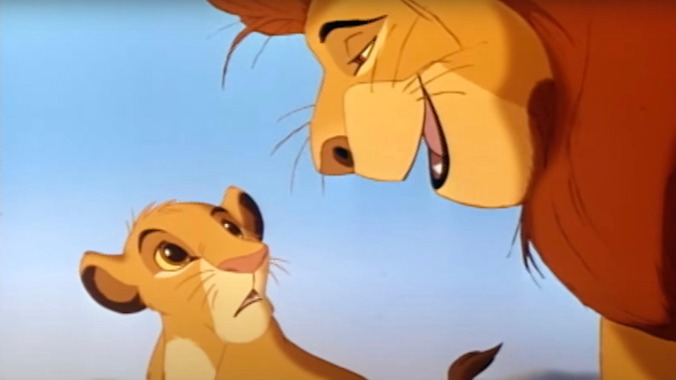How Walt Disney ushered in 100 years of childhood trauma
Disney films may be filled with wonder and magic, but let's not forget about the psychological scars that Uncle Walt and his studio have left upon us all

Like a lot of kids raised in the early 1900s, Walt Disney grew up in a world where corporal punishment was an accepted form of parental discipline. Both he and his brother Roy suffered at the hands of their remote and taciturn father Elias, whose favorite tool of enforcement was a “switch”: a thin, green, tree branch, moist enough to be flexible and whiplike, and used by Elias to punish the Disney boys for transgressions both real and imagined.
Walt Disney professed in later life that he became a bedwetter under the stress, and according to one biographer, Disney often wondered aloud how that cruel old man could be his father, or why his mother didn’t step in to stop the abuse. No wonder when Disney became the crown prince of Hollywood make-believe, he so often fantasized about killing and imprisoning parents.
Because don’t kid yourself about those beloved Disney animated classics like Snow White, Pinocchio and Dumbo. Oh sure, they’re riddled with heart-warming lessons about true love, and how you should learn to love yourself even if you’re different, and wholesome messaging jazz like that. But that’s all window-dressing on a cheerful technicolor surface. Inside, the seminal Disney features have parricide in their hearts.
Take Snow White herself. She’s an orphan, being oppressed by a maniacal stepmom who wants her dead. No mother, no father—no one to care for her or tuck her in at night. There’s even a fan theory that the Evil Queen is a serial killer, and that Snow White’s deceased folks cameo as the skeletons who appear in the background when Queenie sets out to whack Snow White with a poisoned apple.
Pinocchio’s Geppetto is a single father who gets off comparatively easy. He winds up imprisoned inside the belly of a whale. Then there’s Bambi, a delightful and nature loving idyll about an innocent fawn coming of age in a lush forest—until a gaggle of hunters shoot his mom dead. Picture if you will the bright-eyed and anthropomorphic Bambi foraging in earliest springtime. “New spring grass!” Mom says joyfully, as mother and child break the winter fast and start to eat. Suddenly, Mom’s head jerks upright. She hears something. “Bambi! Quick! The thicket!” Gunfire erupts as they race toward a treeline only one of them will reach.
It’s a murder scene worthy of Hitchcock. In a children’s movie.
Dumbo delivers the terror
Spiking the trauma-meter even higher is Dumbo, where the whimsy of a parent imprisoned in a whale’s belly is replaced by putting Dumbo’s mom in leg irons. Mom sings the weeping baby elephant a lullaby—through the barred window of a cage car with the words “Mad Elephant” posted on it. In a previous scene, she beat up a kid for pulling on Dumbo’s ears, and tried to kill some circus roustabouts when they attempted to stop her.
If you’re sensing a pattern, that’s because there is one. Those are central plot devices in the first four Disney animated features if you don’t count Fantasia, which is mostly story-less. It’s hard to say exactly why Walt Disney was so drawn to mayhem around the parent/child relationship. Maybe it was just a shortcut to making his child-like protagonists the centers of their worlds. Maybe Walt was a time traveler who managed to read the Atonement With The Father chapter of Joseph Campbell’s The Hero With A Thousand Faces 10 years before it was published.

 Keep scrolling for more great stories.
Keep scrolling for more great stories.